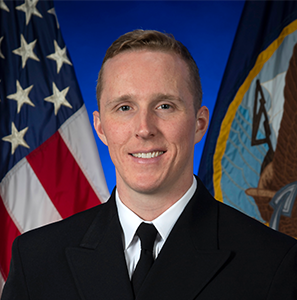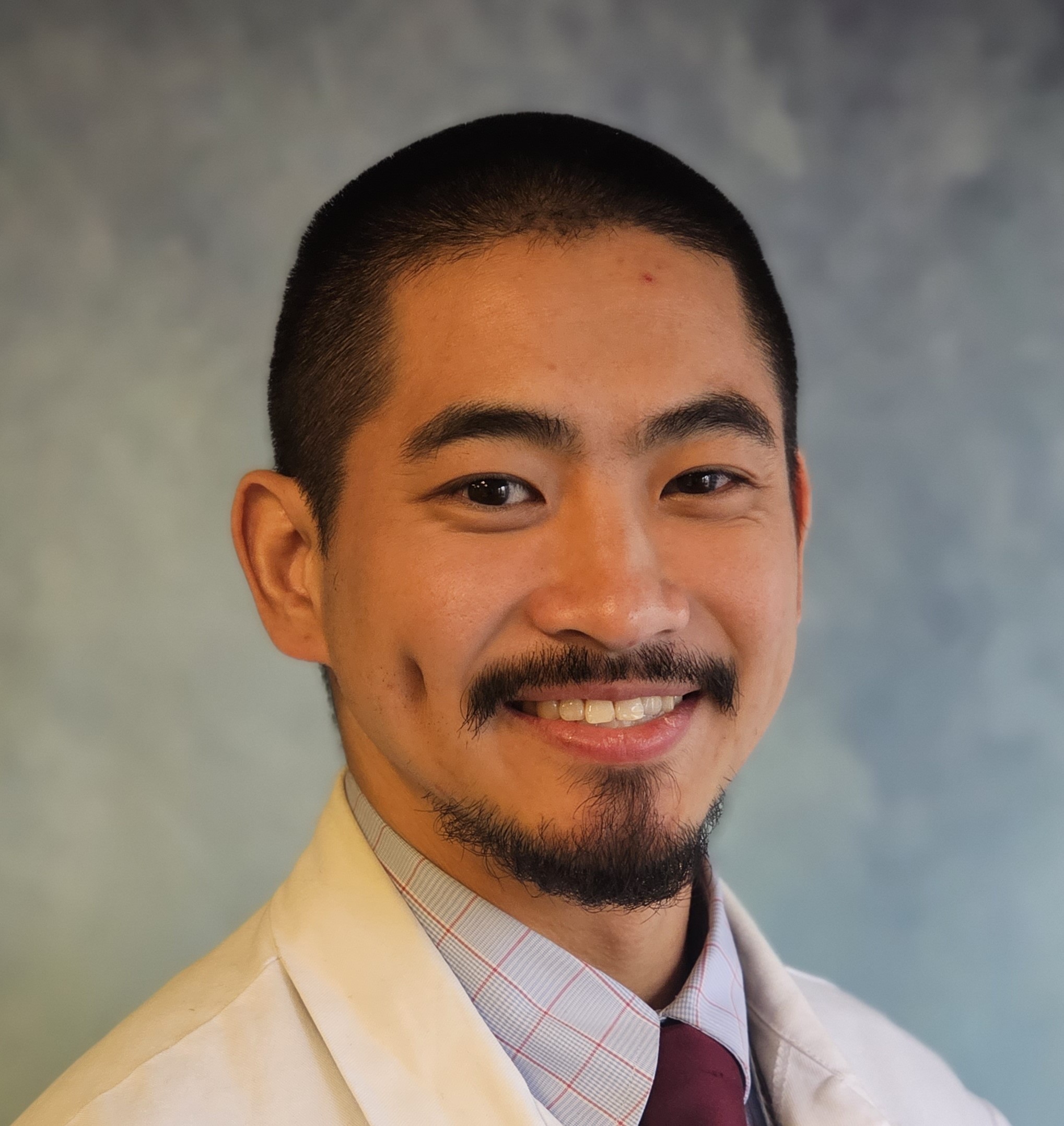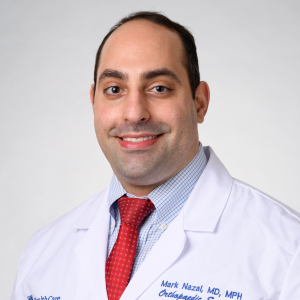
"The OTA Resident Research Grant facilitated my opportunity to contribute to orthopaedic trauma care through translational research. With the help of OTA grant support, our group is investigating the effect of local application of fetuin (α2-HS glycoprotein) on heterotopic ossification in a rat model of blast combat-related extremity trauma. Traumatic heterotopic ossification causes significant morbidity following orthopaedic injury despite current prophylaxis strategies. The serum glycoprotein fetuin, or α2-HS glycoprotein, has been shown to inhibit hydroxyapatite crystallization in vitro and inhibit BMP-induced osteogenesis. If fetuin demonstrates an impact on extra-skeletal bone formation in this in vivo rat extremity trauma model, further study of its utility as a heterotopic ossification prophylactic agent may be justified.
Carrying out this study has provided me with an appreciation for the complexities of the translational research that is foundational for advancements in trauma care, and I appreciate the generosity of donors in supporting our work and this invaluable experience." - Conor McCarthy, MD

"Burn injuries are devastating in both the military and civilian settings. In the military, combat-associated burns are often from explosive device detonation. For civilians, they usually result from fire/flames in settings such as structural fires or motor vehicle accidents. Over the last several years, there have been substantial improvements in survival following major burn injuries. As we continue to make strides in this area, we also need to improve the quality of life for the patients and manage long term complications associated with burn injuries.
It has been shown in a variety of studies that burn patients have an increased risk for osteoporosis and fragility fractures, such as hip fractures. These fractures are associated with their own substantial morbidity and mortality. The goal of our research is to develop a viable mouse model for evaluation of systemic bone loss following burn injuries. After its development, we intend to compare a variety of treatments to determine what medicines/interventions can help prevent this systemic bone loss.
Ultimately, when translated to humans this research will help the recovery of countless burn patients and prevent fragility fractures in both the military and civilian populations. I am extremely grateful that the OTA granted me this resident research award. The OTA's dedication to resident education and research made this study possible.
Special thank you to my mentors for the project: Dr. Blaine Christiansen, Dr. Mark Lee, and Dr. Tina Palmieri." - Patrick Martin Wise, MD, CAPT, USAF

"The OTA Resident Research Grant has provided a significant opportunity to transform the care of proximal humerus fractures through our research. Numerous studies have demonstrated that patients with proximal humerus fractures have similar outcomes whether treated with or without surgery. However, conservative treatment often results in higher rates of malunion. Our current understanding of clinically relevant proximal humerus malunion correlates poorly with functional outcomes, making it difficult to clearly identify operative indications. Furthermore, existing research fails to assess the contribution of the scapulothoracic joint on shoulder motion. Thus, the goal of our research is to use biplane radiography to identify the in vivo effects of proximal humerus deformity on glenohumeral and scapulothoracic kinematics. Ultimately, the data gathered from our research may allow better recognition of patients with proximal humerus fractures who would benefit from operative intervention. I am grateful for the OTA's continual support of resident education and research." - Stephen Ryan Chen, MD

"Ankle fractures are among the most common injuries treated by orthopaedic surgeons, with approximately 20% sustaining a concomitant injury to the distal tibiofibular syndesmotic ligaments. The ankle syndesmosis is crucial for maintaining joint congruence and normal tibiotalar contact mechanics during weight bearing. This has short-term implications on patient outcomes and functional status, and long-term implications in the development of post-traumatic osteoarthritis of the tibiotalar joint. Previous studies have postulated that dorsiflexing the ankle during syndesmotic fixation may recreate the deforming force, potentially leading to malreduction via external rotation and lateral translation of the fibula. However, to our knowledge, there are currently no studies that quantitatively assess the quality of reduction in regards to ankle position during fixation.
Our research team is highly appreciative of the OTA’s dedication and funding of resident research. The OTA was fundamental to facilitating the undertaking of this cadaveric study that will advance our understanding of a common traumatic injury that is seen by Orthopaedic surgeons around the globe. We hope this research refines our evidence-based practices for our patients and sets the stage for future advancements in this realm. Lastly, a special thank you to the mentorship and dedication to teamwork of Dr. Arun Aneja and Dr. Arjun Srinath." - Mark R Nazal, MD
